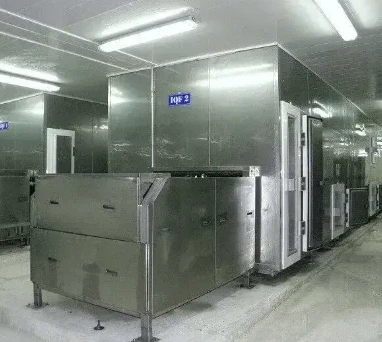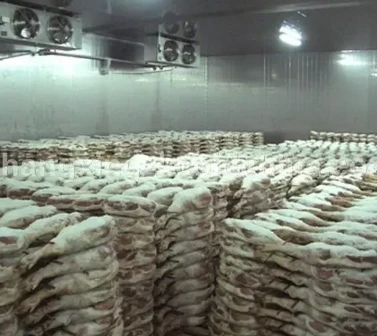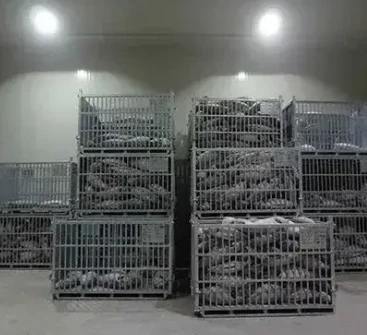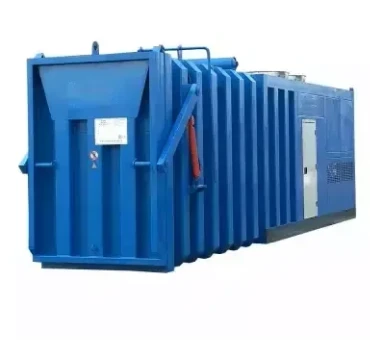Industrial Cool Rooms
Industrial cool rooms, also known as cold storage rooms or refrigeration rooms, play a pivotal role in various industries by providing a controlled environment for storing temperature-sensitive goods. These facilities are critical for maintaining the quality and safety of perishable products such as food, pharmaceuticals, and other materials. This comprehensive guide will discuss the key aspects of industrial cool rooms, including their purpose, types, components, and benefits. Additionally, we will explore the factors to consider when designing and maintaining these rooms.
Purpose and Applications
Industrial cool rooms serve the primary purpose of storing goods at low temperatures to preserve their freshness and extend their shelf life. They find applications in multiple industries, including food and beverage, pharmaceuticals, biotechnology, and logistics. For instance, in the food industry, these rooms are essential for keeping produce, meat, seafood, and dairy products fresh. In the pharmaceutical industry, cool rooms are used to store vaccines, medicines, and other temperature-sensitive drugs.
Types of Industrial Cool Rooms
Walk-in Cool Rooms: These rooms are large enough to accommodate people walking inside for easy access to stored goods. They are commonly used in restaurants, grocery stores, and warehouses.
2. Blast Freezers: Designed to rapidly freeze products, blast freezers are ideal for items that need quick cooling, such as seafood and baked goods.
3. Modular Cool Rooms: These customizable rooms are built to specific dimensions and specifications, making them versatile for different industries and storage needs.
4. Pharmaceutical Cool Rooms: These specialized rooms maintain precise temperature and humidity levels to ensure the integrity of pharmaceutical products.-
Key Components of Industrial Cool Rooms
1. Insulation: Proper insulation is essential to maintain a consistent temperature and reduce energy consumption. Polyurethane panels are commonly used for their high insulating properties.
2. Refrigeration System: This system includes compressors, condensers, and evaporators that work together to regulate the room's temperature.
3. Cooling Units: Different types of cooling units, such as air-cooled or water-cooled, may be used depending on the room's size and requirements.
4. Temperature Control Systems: Advanced control systems allow for precise temperature monitoring and adjustment. These may include alarms for temperature fluctuations and remote monitoring capabilities.
5. Doors and Seals: High-quality doors and seals prevent heat exchange between the cool room and the outside environment.-
Benefits of Industrial Cool Rooms
1. Preservation of Product Quality: Cool rooms help maintain the freshness, taste, and quality of products, especially in the food and beverage industry.
2. Compliance with Regulations: These facilities help businesses meet regulatory standards for the storage and handling of perishable goods.
3. Extended Shelf Life: By keeping products at optimal temperatures, cool rooms extend their shelf life and reduce waste.
4. Cost Savings: Efficient cool rooms can lead to lower energy consumption and reduced operational costs.
Design Considerations
1. Size and Layout: The size and layout of the cool room should be designed based on the type and quantity of products to be stored.
2. Temperature Range: Determine the required temperature range for the products being stored and choose appropriate refrigeration equipment.
3. Airflow and Ventilation: Proper airflow ensures even cooling and prevents the formation of hot spots.
4. Safety Features: Include safety measures such as emergency exits, alarms, and lighting to protect workers.
Maintenance and Upkeep
Regular maintenance is essential for the efficient operation and longevity of industrial cool rooms. This includes:
1. Cleaning: Regularly clean the interior and exterior of the room to prevent contamination and ensure optimal performance.
2. Inspection: Periodically inspect the refrigeration system, insulation, and seals to identify and address potential issues.
3. Calibration: Ensure that temperature control systems are properly calibrated for accurate readings.
4. Repairs: Address any mechanical or structural issues promptly to prevent downtime and loss of stored goods.
In conclusion, industrial cool rooms are essential for businesses in industries such as food, pharmaceuticals, and logistics. These facilities play a critical role in preserving product quality, ensuring regulatory compliance, and extending shelf life. Proper design, maintenance, and monitoring of cool rooms are crucial for their optimal performance and longevity. By understanding the key aspects of industrial cool rooms, businesses can make informed decisions and maximize the benefits of these critical storage solutions.
















































































































